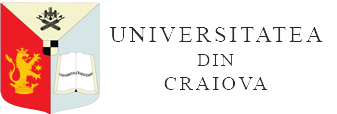ASSESSMENT OF HEAVY METALS ACCUMULATION IN PERENNIAL LEGUMES (WHITE CLOVER AND RED CLOVER) IN THE COPȘA MICĂ AREA, ROMANIA
DOI:
https://doi.org/10.52846/aamc.v53i2.1512Abstract
The impact of heavy metals on perennial legumes, just like on other plant species, can be detrimental and has several ecological and agricultural implications. The ability of perennial legumes to fix atmospheric nitrogen through symbiotic interactions with nitrogen-fixing bacteria in their root nodules makes them a significant group of plants. The present study aims to evaluate the total concentration of heavy metals (cadmium, lead, copper, and zinc) in red and white clover plants harvested from grasslands located in heavily polluted areas (Copșa Mică, Axente Sever, Valea Viilor, Micăsasa and Târnava). White clover (Trifolium repens L.) recorded Cd content values between 0.06 - 3.53 mg/kg dry weight, Cu had values between 4.09 - 33.4 mg/kg dry weight, Pb content was between 0.18 - 4.77 mg/kg dry weight and Zn had values between 38 - 186 mg/kg dry weight. Regarding red clover (Trifolium pratense L.) the heavy metal content values were as follows: for Cd (0.08 - 3.38 mg/ kg d.w), for Cu (6.03 - 13.5 mg/kg d.w), for Pb (0.13 – 2.34 mg/kg d.w), for Zn (33.1 - 169 mg/kg d.w). Our results show that clover species harvested from grasslands in these geographical areas have high levels of heavy metals due to metallurgical activities. Grazing in these areas affected by heavy metal pollution can pose serious health problems for animals and later for humans through consumption of their products.


